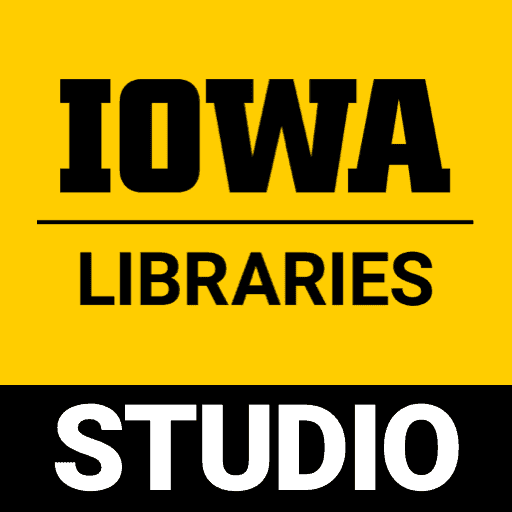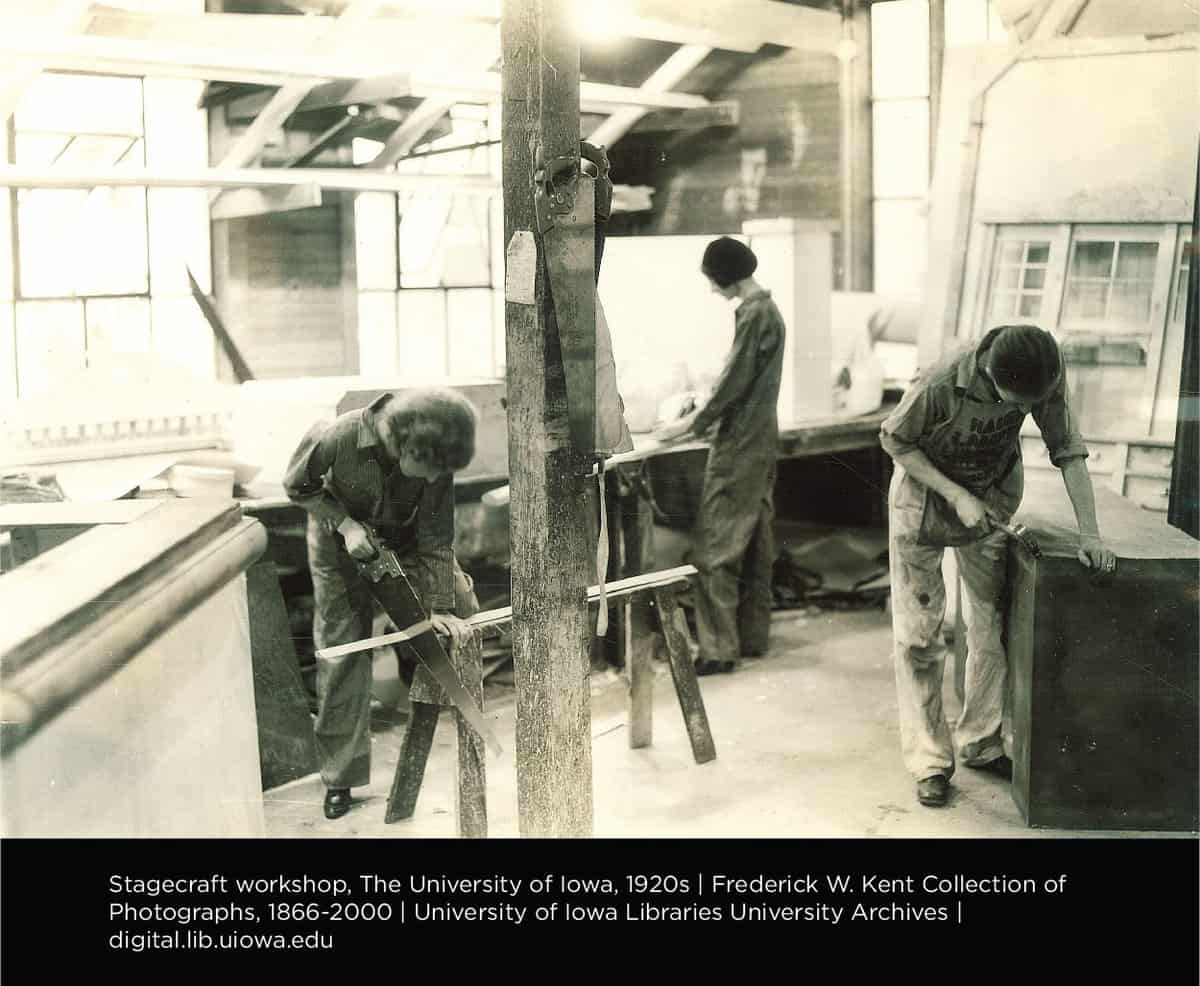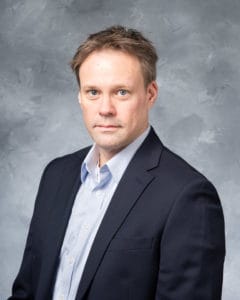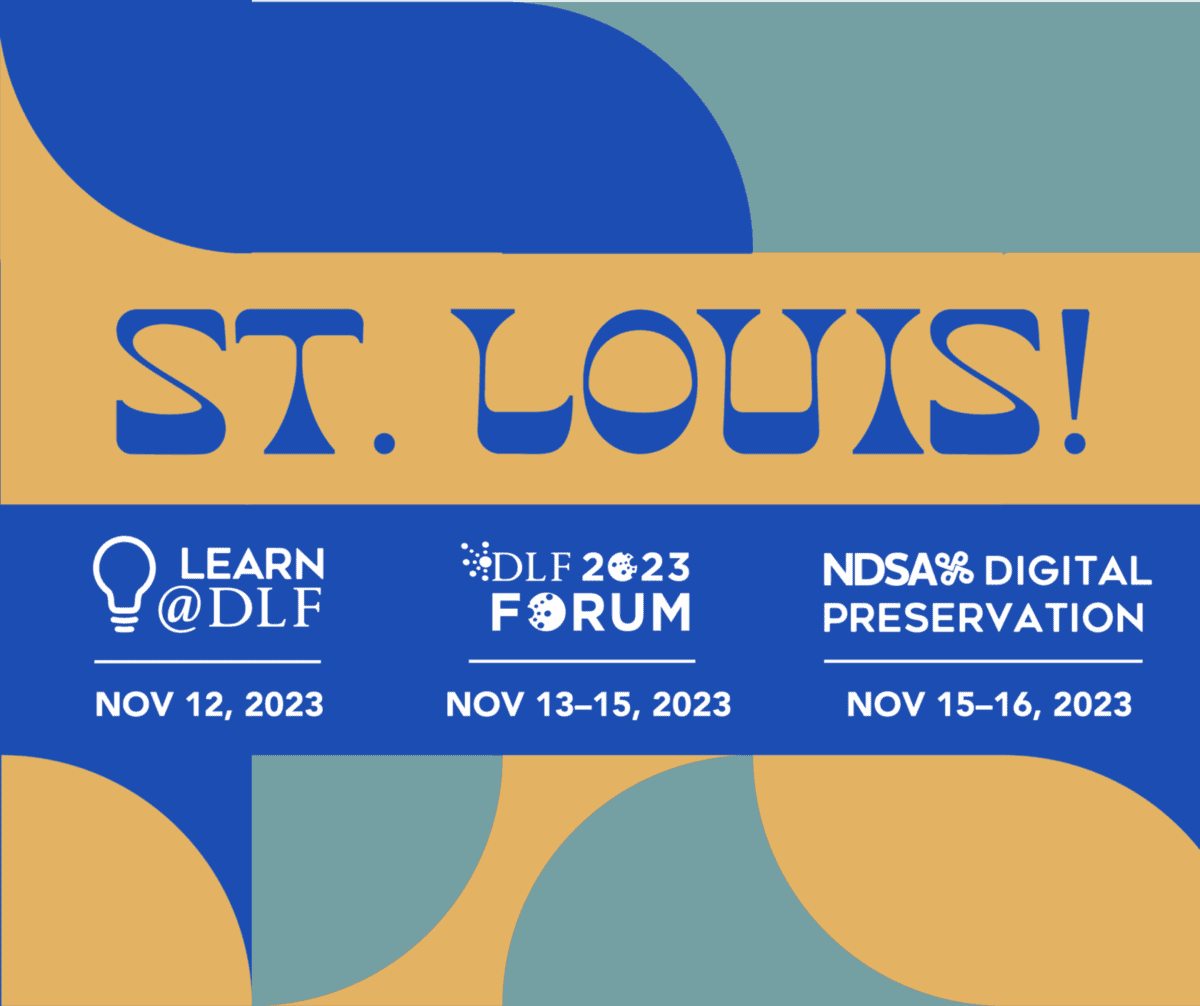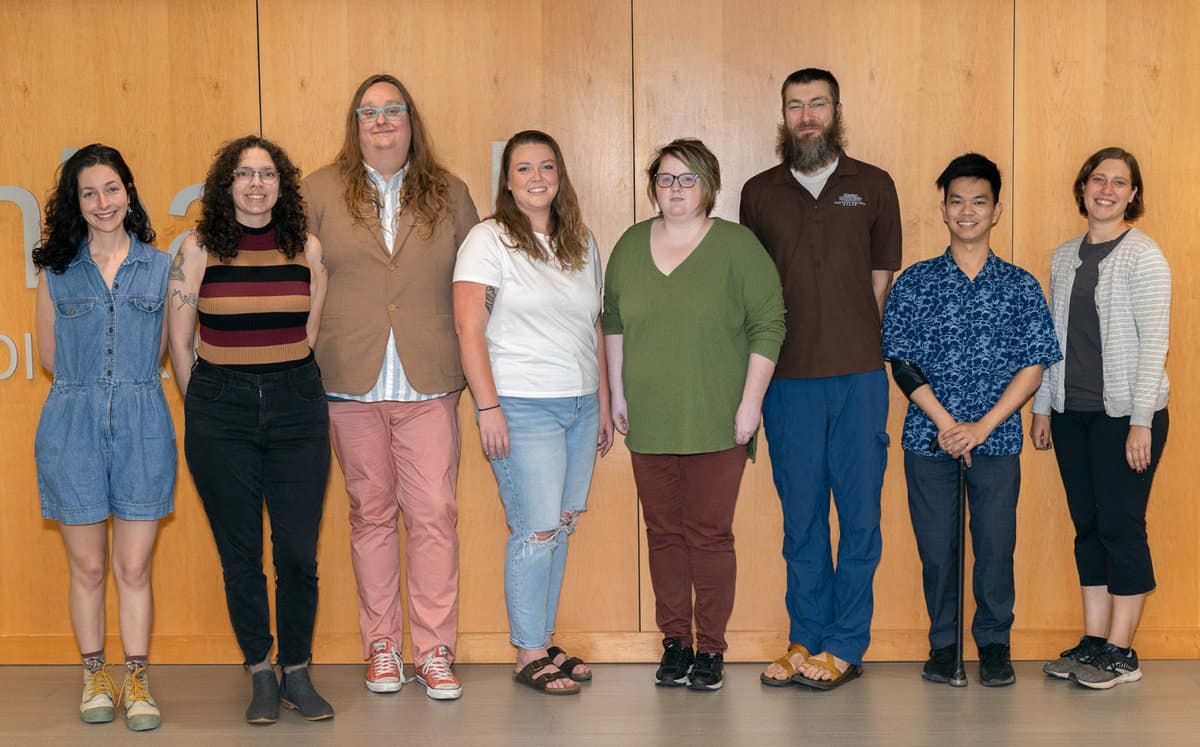The University of Iowa Graduate College and the UI Libraries Digital Scholarship & Publishing Studio are excited to announce that 10 graduate students have been selected for the 2024 Studio Summer Fellowship program. These individuals will soon take part in an eight week course that provides mentored digital scholarship experience, as well as trainingContinue reading “Introducing the Studio’s 2024 Summer Fellows”
Author Archives: Connor Hood
The Literary Heritage of Cornell College: Creating Digital Resources to Support Our Community
By Miranda Donnellan Archives are not infallible. As a librarian, this is a fact of life. But as a digital humanist, I am empowered to solve this problem. For my Public Digital Humanities Certificate capstone, under the guidance of Cornell College’s Professor Kirilka Stavreva, I created a digital archive highlighting the works of Jewel BothwellContinue reading “The Literary Heritage of Cornell College: Creating Digital Resources to Support Our Community”
The Literary Heritage of Cornell College: Using Digital Resources to Preserve the Past by Miranda Donnellan
Archives are not infallible. Paper disintegrates, photos acidify, and even metal rusts and ages. Every librarian and archivist knows that preservation relies on prevention far more than restoration, but there is only so much control you can exert over nature’s most significant force: time. As a joint Library Science and Digital Humanities student, I amContinue reading “The Literary Heritage of Cornell College: Using Digital Resources to Preserve the Past by Miranda Donnellan”
Studio Summer Fellowship applications are open for submission!
Applications are now being accepted through Feb 7 at 5 p.m. for the Digital Scholarship & Publishing Studio’s 2024 Summer Fellowship Program. The program is open to all UI PhD, MFA, and DMA students looking to benefit from an in-person, mentored digital scholarship experience this upcoming summer. Learn more about the program and apply onContinue reading “Studio Summer Fellowship applications are open for submission!”
The Studio’s Senior Developer selected to receive 2023 Benton Award
The Studio’s Senior Developer Matthew Butler has been selected to receive the Arthur Benton University Librarian’s Award for Excellence. Butler has contributed significantly to the continued success and excellence of the Studio and the UI Libraries during his several years of service. Read more about the award and Butler’s contributions over the years in aContinue reading “The Studio’s Senior Developer selected to receive 2023 Benton Award”
The Studio’s Nikki White to Present at DLF
We are excited to share that the Studio’s Digital Humanities Research & Instruction Librarian Nikki White will present with a panel including, UI Libraries’ Wendy Robertson, Roxanne Shiraz from CUNY’s Graduate Center, and Laura Morreale at this year’s DLF Forum! The group “will present examples of current efforts to improve description and discovery of DHContinue reading “The Studio’s Nikki White to Present at DLF”
The Studio’s 7th Cohort Completes Summer Fellowship Program
This August, 11 graduate students completed the 2023 Digital Scholarship & Publishing Studio Summer Fellowship—marking the seventh cohort to be awarded the mentored digital scholarship internship experience since the program’s inception in 2017. At the end of the course, the fellows presented on findings, challenges, and conclusions drawn from their digital project work over theContinue reading “The Studio’s 7th Cohort Completes Summer Fellowship Program”
Introducing the Digital Scholarship & Publishing Studio’s 2023 Summer Fellows
The University of Iowa Graduate College and the UI Libraries Digital Scholarship & Publishing Studio are excited to announce that 11 graduate students have been selected for the 2023 Studio Summer Fellowship program. These individuals will soon take part in an 8-week course that provides mentored digital scholarship experience, as well as training in skillsContinue reading “Introducing the Digital Scholarship & Publishing Studio’s 2023 Summer Fellows”
The Studio is Collaborating on a Number of Project Grants
Over the next few years the Studio will offer its assistance and expertise from staff on the following digital projects. We look forward to working with these scholars on making their research more digital and accessible! “Principia Mathematica: A Critical Edition” Landon D.C. Elkind National Endowment for the Humanities Scholarly Editions Grant Awarded $281,104 ($142,179Continue reading “The Studio is Collaborating on a Number of Project Grants”
Making Calligraphy Digital
For my Digital Publishing Scholarship & Studio Fellowship this summer, I am working with master calligrapher Cheryl Jacobsen to design her first textbook that will support the introductory calligraphy course she has taught at the University of Iowa for more than 20 years. As an MFA Candidate at the Center for the Book, I haveContinue reading “Making Calligraphy Digital”

